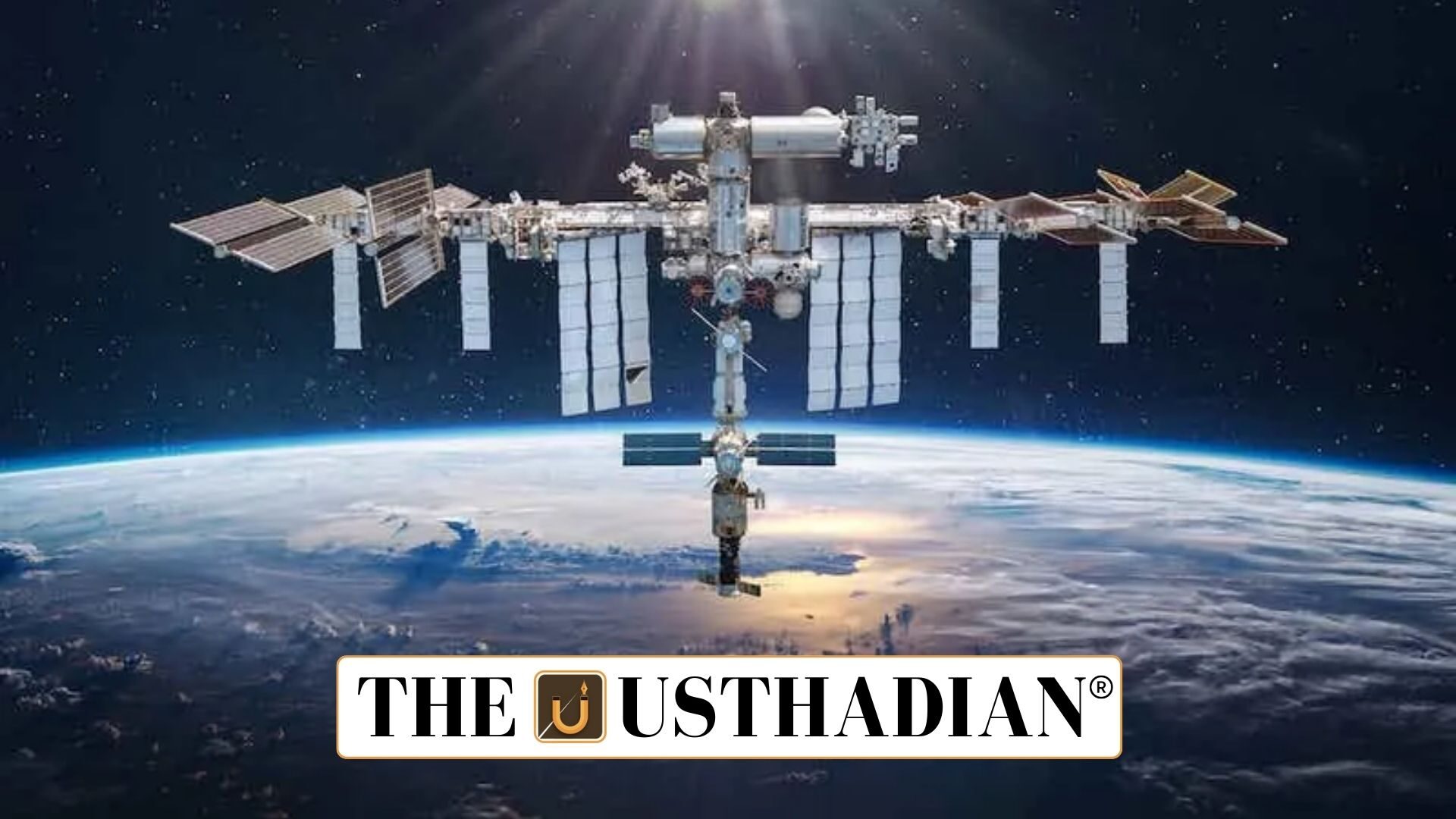India’s New Spacefront Goals
India’s Vision for Space with Bharatiya Antariksh Station and Lunar Mission: India has set 2035 as the target year for its own Bharatiya Antariksh Station and 2040 for the first Indian astronaut to step on the Moon. The announcement was made in Parliament by Dr Jitendra Singh, Union Minister of Science and Technology, underlining the roadmap for achieving the vision of Viksit Bharat 2047.
These goals mark India’s transition from participating in global collaborations to building permanent human spaceflight infrastructure.
Static GK fact: The first permanent space station, Mir, was launched by the Soviet Union in 1986.
Inspiration from Historic ISS Mission
The announcement followed the successful mission of Group Captain Subhanshu Shukla, the first Indian astronaut to board the International Space Station (ISS). This achievement not only symbolizes India’s global recognition but also serves as the foundation for indigenous long-term human space missions.
Foundation through Space Reforms
Over the past 11 years, major space sector reforms have reshaped India’s trajectory. Policy changes enabled private companies to participate in launches and satellite development. This created a fertile ground for space-tech startups and research ecosystems.
Static GK Tip: The Indian National Space Promotion and Authorisation Centre (IN-SPACe) was established in 2020 to regulate and promote private space activities.
Key Technological Milestones
The reforms have accelerated research and development. Indigenous advancements like those demonstrated during Operation Sindoor showcased India’s ability to translate space research into national security and public utility.
ISRO’s Chandrayaan-3 success in 2023 already established India as the first nation to soft-land on the lunar south pole, strengthening its confidence in crewed missions.
Space Technology and Public Welfare
Dr Singh emphasized that space science extends beyond exploration. Satellite data supports agriculture planning, disaster management, and urban development. Navigation systems aid logistics, while remote sensing facilitates environmental monitoring.
Static GK fact: India’s first satellite Aryabhata was launched in 1975 with Soviet assistance.
The Road to 2047
The planned Antariksh Station and Moon mission are part of a larger scientific vision aligned with Viksit Bharat 2047. These initiatives position India among global leaders in space exploration, with benefits that extend from science to socio-economic growth.
Static Usthadian Current Affairs Table
India’s Vision for Space with Bharatiya Antariksh Station and Lunar Mission:
| Topic | Detail |
| Bharatiya Antariksh Station target | 2035 |
| Crewed Indian Moon Mission target | 2040 |
| Announced by | Dr Jitendra Singh |
| Vision alignment | Viksit Bharat 2047 |
| First Indian astronaut on ISS | Group Captain Subhanshu Shukla |
| Space sector opened to private players | 2014 onwards |
| Regulator for private space activities | IN-SPACe (2020) |
| Operation Sindoor relevance | Indigenous space tech application |
| Chandrayaan-3 achievement | 2023, lunar south pole landing |
| First Indian satellite | Aryabhata, 1975 |








